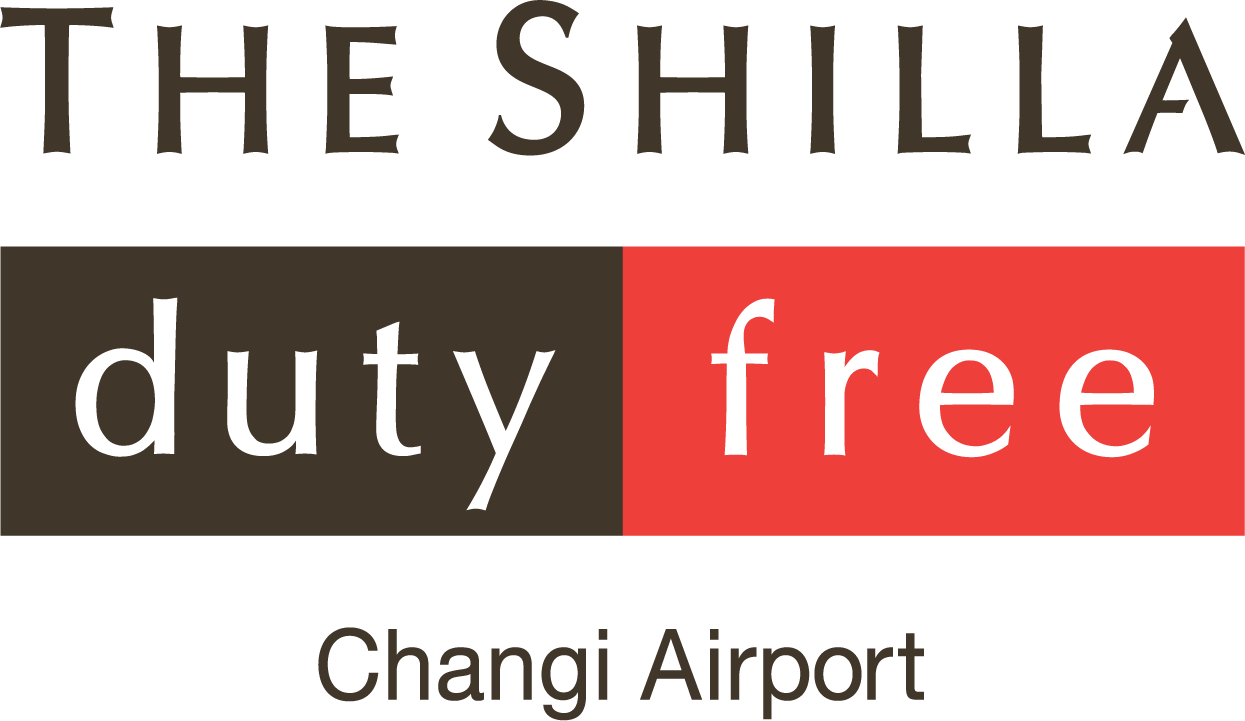Wildfire season means cheaper travels to Australia, but you need to be aware of the haze, fire bans, travel insurance exclusions, and even cigarette butts!
From 2018 to 2019, a whopping 9.3 million visitors flew into Australia airports and 464,700 were Singaporean visitors. With an average of 235 flights per week, that works out to be 33 flights per day to Australia. Woah.
Just imagine, 33 flights everyday during wildfire season – that’s a lot of people. Reason? It’s cheaper to fly during the wildfire season. However, flying to Australia during the wildfire season has its drawbacks, and this is what you should know:
What’s Wildfire Season?
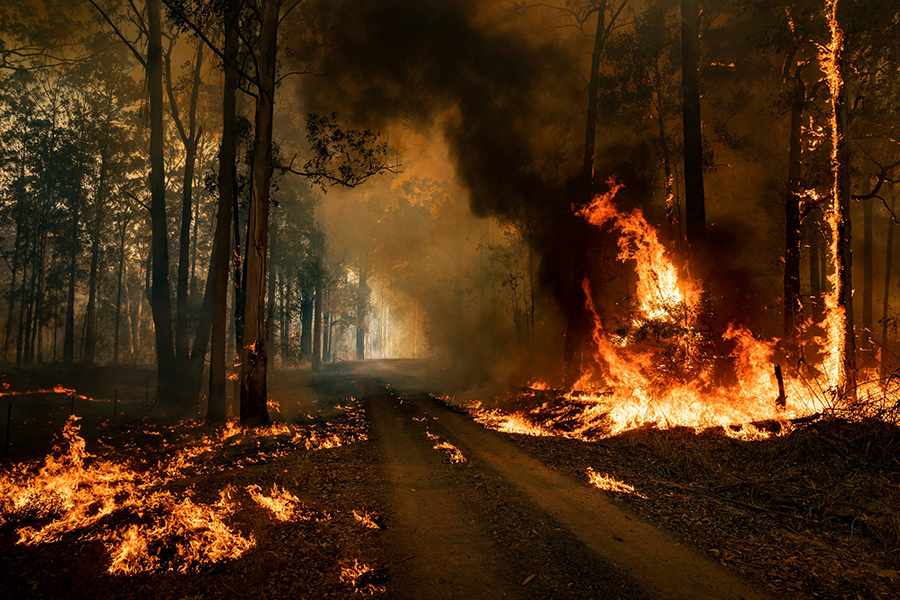
Wildfire season happens during Australia’s summer. Historically, the season starts in December and continues through February. In the wake of the 2019-2020 Australia Wildfires, things have accelerated.
The fires started burning much earlier – in September 2019, in fact. The fires steadily grew, until its peak around end December to early January. It has since immolated Australia’s greenery and nearby towns, while its people and wildlife, in the best-case-scenario, were displaced.
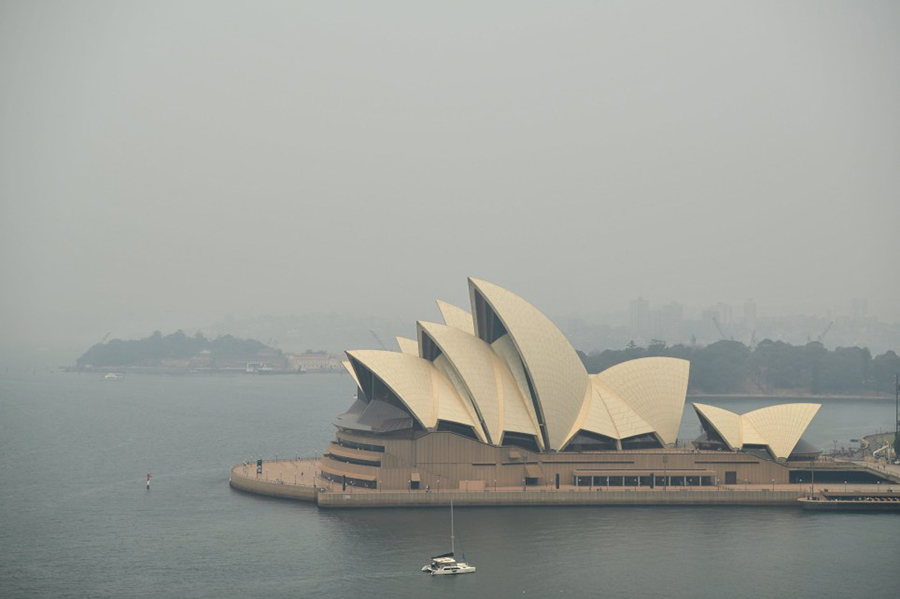
Tourist hotspots like Brisbane, Melbourne, and Sydney were covered in smog, leading to authorities issuing numerous warnings and enacting total fire bans (more on that later).
Now, while the situation has subsided, there are still some places that are affected by it. The most notable one (as of time of writing) is Canberra and the Blue Mountains near Sydney, which has an orange alert. The orange alert means that it’s affected by the fires, but still welcoming visitors.
Where Do I Get The Latest Updates About Wildfires While Travelling?
“Knowledge is power” is such a tired cliché but it stands up to its meaning in this case – it could be life-saving in the most dire of situations.
If you ever find yourself travelling during wildfire season, find the latest updates on Tourism Australia’s website. This page contains a map which shows you a list of affected areas that are most likely to be visited by tourists, but this is by no means exhaustive.
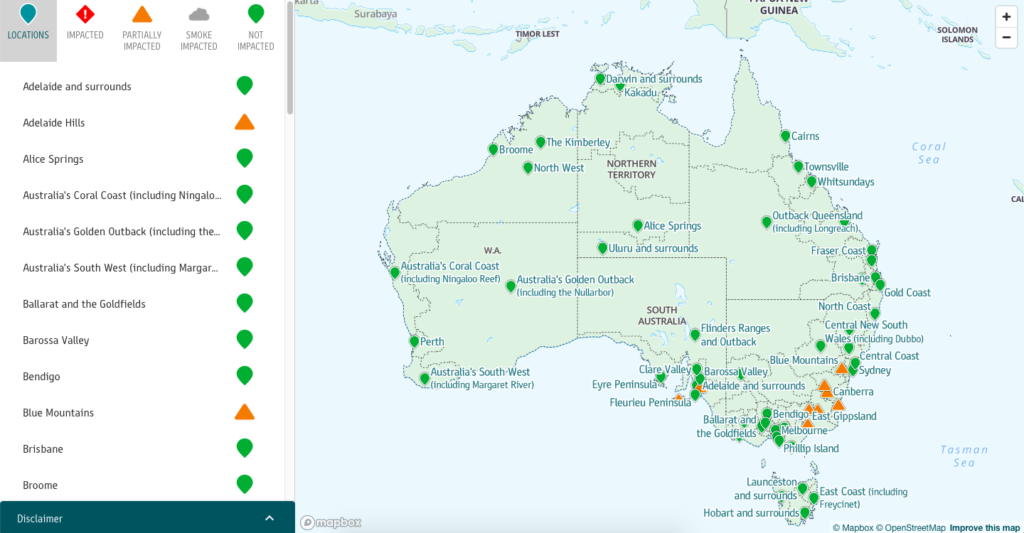
If you find yourself travelling outside of these areas, it may be better for you to check out the regional sites as they contain more localised information.
Alternatively, you can follow the news or set up Google Alerts, the latter of which gives you real-time information directly to your mobile phone.
What’s Total Fire Ban?
Australia gets very hot and dry in the summer, and there’s an increased risk of wildfires spreading when it’s windy. If all three weather conditions are considered met by the local authorities, they’ll enact a total fire ban.
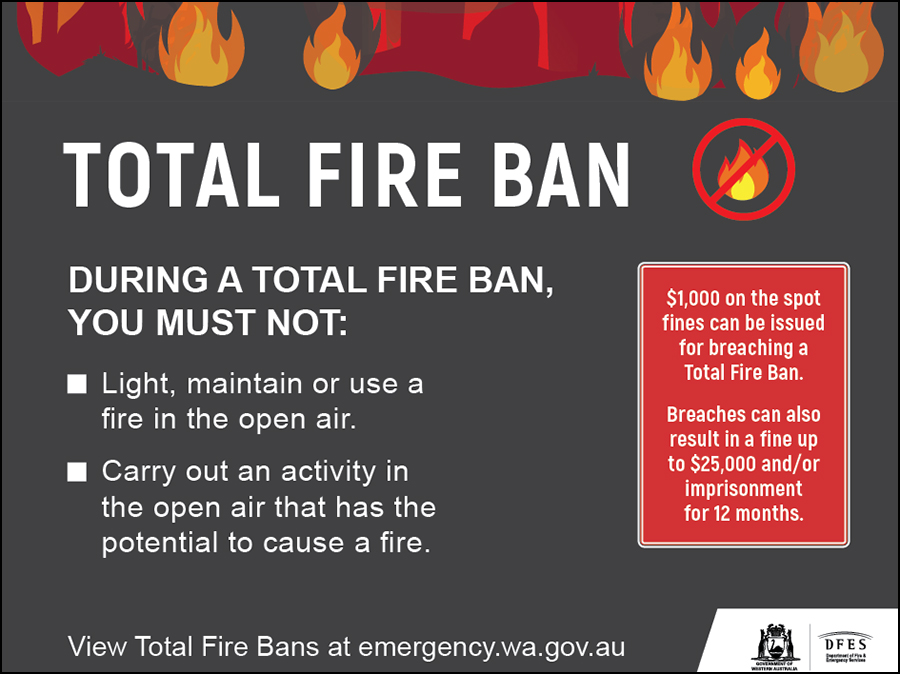
What does this mean for you? It means absolutely no fires in the open. If you smoke and you really need your cigarette fix, you have to light up indoors and dispose of your cigarette butts indoors. No charcoal, wood or fuel barbecues. Definitely no campfires either!
The consequences are heavy. In New South Wales, police have taken legal action against 47 people who allegedly discarded a lit cigarette or match on land, and 53 people for not complying to a total fire ban. Lighting an open fire slaps you with a A$2,200 (~S$2,013) fine. If it’s taken to court, you’ll get slapped with another fine of up to A$5,500 (~S$5,034). This fine is applicable to New South Wales only. If you’re vacationing in other states, you’ll want to check out the fines in their respective websites:
| Australia States | Fines Up To | Notes |
| New South Wales | A$2,200 (~S$2,013) | Higher fines if taken to court |
| Victoria | A$39,652 (~S$37,043) or 240 penalty units | 1 unit = A$165 (S$154) |
| Tasmania | A$840 (~S$783) | Higher fines if taken to court |
| Australian Capital Territory | A$30,000 (~S$27,980) | – |
| Northern Territory | A$78,500 (~S$73,213) or 500 penalty units | 1 unit = A$157 (~S$146) |
| Queensland | Decided by law enforcement agency | – |
| South Australia | A$1,200 (~S$1,120) | Higher fines if taken to court |
| Western Australia | A$1,000 (~S$930) | Up to A$25,000 (~S$23,316) if taken to court |
Will My Travel Insurance Cover Wildfire-Related Inconveniences?
This is a big one because most travel insurance policies cover unexpected natural disasters. However, if Singapore’s and/or Australia’s authorities have warned against travelling to affected regions and you still choose to travel anyway, your insurer most likely will not cover you.
This is dependent on the travel insurer that you choose, so you’ll want to read the fine print and enquire with them directly if you have any doubts.
How Can I Help The Australia Wildfires?
Australia relies heavily on its volunteer-run rural fire service to control the wildfires. Most of these ‘firies’ (firefighters in Aussie slang) have regular jobs outside of firefighting, and these wildfires have taken a toll on their livelihood. In addition, their equipment goes through a lot of wear and tear and they’re badly in need of new ones.
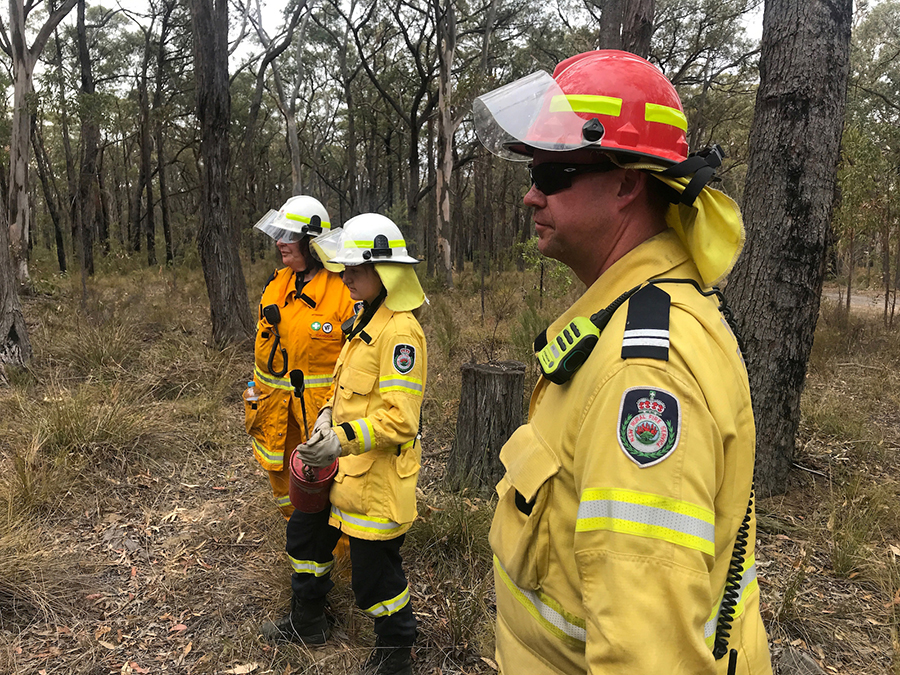
At the moment, only New South Wales’ rural fire service accept donations via card, which is most likely how you’re going to donate. However, if you want to go the extra step further, you can donate to these firefighters and affected residents by following these links:
- New South Wales (fire brigades only)
- Givit (families affected by the fires in the rest of Australia)
Alternatively, if you want to donate to save the wildlife in Australia, you may follow this link:
Just a reminder that if you’re making a donation, you can rely on your YouTrip card to utilise YouTrip’s Wholesale Exchange Rates for favourable Australian Dollar (AUD) exchange rates. The last thing you want is to have a portion of your donations go to paying bank fees, while you’re trying to do a good deed!
Read: What is Flight Carbon Offset & How Does it Work?
Read: 8 Unique Eco-Friendly Hotels in Southeast Asia
Read: Perth Airport to City Under S$5: Transperth Guide
Read: Perth’s Cheap Supermarket Meals From $3.70
Read: 10 Best Travel Apps You Must Download
Enjoy a travel experience with no fees worldwide!







































